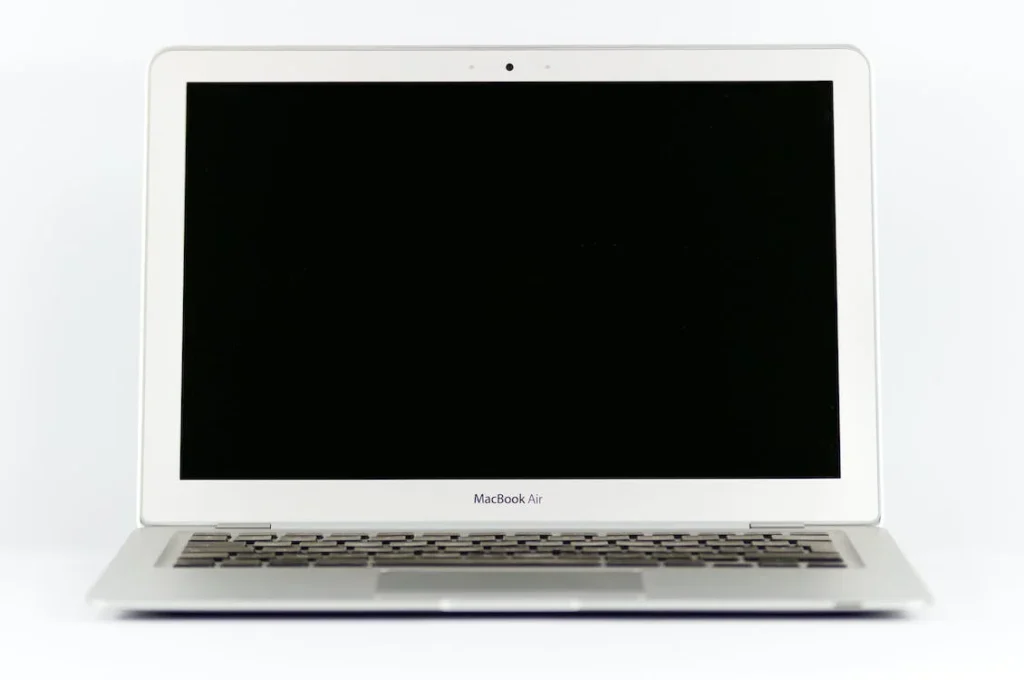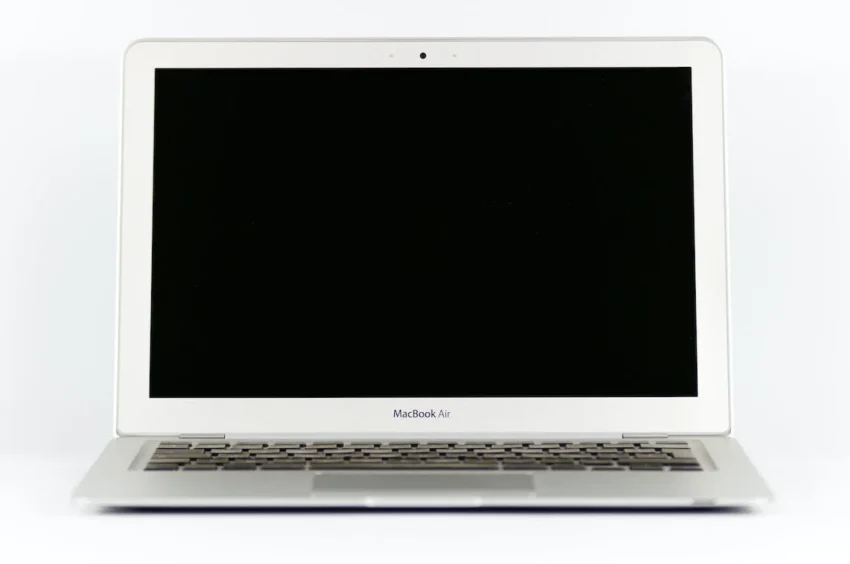Reviving Your MacBook Pro: A Comprehensive Guide on How to Reset MacBook Pro

Learn the most effective methods for resetting your MacBook Pro to resolve common issues and optimize performance. This guide provides step-by-step instructions, troubleshooting tips, and expert advice to help you master the process.
Introduction
In today’s digital age, MacBook Pro has become an indispensable tool for professionals and creatives alike. However, like any electronic device, it may encounter issues that require a reset to restore functionality. Whether you’re facing performance issues, software glitches, or connectivity problems, knowing how to reset your MacBook Pro can be invaluable. In this comprehensive guide, we’ll explore various methods for resetting your MacBook Pro and provide expert tips to ensure a smooth and effective reset process.
Understanding the Need to Reset MacBook Pro

Resetting your MacBook Pro can address a variety of issues, including:
- Sluggish performance: If your MacBook Pro is running slow or freezing frequently, a reset may help improve its speed and responsiveness.
- Software glitches: Resetting your MacBook Pro can resolve software-related issues, such as applications crashing or the operating system malfunctioning.
- Connectivity issues: If your MacBook Pro is having trouble connecting to Wi-Fi networks or Bluetooth devices, a reset may solve the problem.
- Resolving unresponsive behavior: In some cases, a reset can fix issues like unresponsive keyboard or trackpad inputs.
How to Reset MacBook Pro


Soft Reset
A soft reset is a simple and non-destructive way to troubleshoot minor issues with your MacBook Pro. Here’s how to perform a soft reset:
- Save any open documents and close all applications.
- Click on the Apple menu in the upper left corner of the screen.
- Select Restart from the dropdown menu.
- Confirm the restart if prompted.
- Wait for your MacBook Pro to shut down and restart.
PRAM/NVRAM Reset

If a soft reset doesn’t resolve your issues, resetting the PRAM (Parameter RAM) or NVRAM (Non-Volatile Random-Access Memory) may help. Here’s how to do it:
- Shut down your MacBook Pro completely.
- Press the power button and quickly hold down the Order, Choice, P, and R keys all the while.
- Keep holding the keys until you hear the startup sound for the second time or see the Apple logo appear and disappear twice.
- Release the keys and allow your MacBook Pro to restart.
Factory Reset


If you’re still experiencing problems after trying the above methods, a factory reset may be necessary. Keep in mind that this will erase all data from your MacBook Pro, so be sure to back up any important files beforehand. Here’s how to perform a factory reset:
- Restart your MacBook Pro and hold down the Command and R keys simultaneously until the Apple logo appears.
- Release the keys once you see the Apple logo and wait for macOS Utilities to load.
- From the macOS Utilities menu, select Disk Utility and click Continue.
- Choose your startup disk from the list and click Erase.
- Adhere to the on-screen guidelines to reinstall macOS on your MacBook Expert.
Troubleshooting Tips

If you encounter any issues while resetting your MacBook Pro, consider the following troubleshooting tips:
- Check for software updates: Make sure your MacBook Pro is running the latest version of macOS to ensure compatibility with the reset process.
- Verify your backups: Double-check that you have recent backups of your data before performing a factory reset to avoid data loss.
- Contact Apple Support: If you’re unsure about any aspect of the reset process or encounter unexpected issues, reach out to Apple Support for assistance.
FAQs


Is it safe to reset my MacBook Pro?
Yes, resetting your MacBook Pro using the methods outlined in this guide is safe and can help resolve common issues. However, be sure to back up your data before performing a factory reset to avoid losing any important files.
Will resetting my MacBook Pro delete all my files?
A factory reset will erase all data from your MacBook Pro’s internal storage, including applications, settings, and personal files. Make certain to back up any significant information prior to continuing with a production line reset.
How often should I reset my MacBook Pro?
There’s no need to reset your MacBook Pro regularly unless you’re experiencing specific issues with its performance or functionality. In most cases, a soft reset or PRAM/NVRAM reset should suffice to address minor issues.
Will resetting my MacBook Pro improve its performance?
Resetting your MacBook Pro can help improve its performance by clearing temporary files, caches, and other system data that may be causing sluggishness or software glitches.
Can I reset my MacBook Pro without losing data?
A soft reset or PRAM/NVRAM reset will not delete any data from your MacBook Pro. However, a factory reset will erase all data from the internal storage, so be sure to back up any important files before proceeding.
How long does it take to reset a MacBook Pro?
The time it takes to reset a MacBook Pro depends on the method used and the specific issue being addressed. A soft reset or PRAM/NVRAM reset typically takes only a few minutes, while a factory reset may take longer, especially if reinstalling macOS is required.
Conclusion

By mastering the art of resetting your MacBook Pro, you can troubleshoot common issues and restore it to optimal performance. Whether it’s a soft reset to address minor glitches, a PRAM/NVRAM reset to clear system data, or a factory reset to start fresh, knowing how to reset your MacBook Pro is an essential skill for every user.
